More About Ellwood: In Photos
Memories of World War II

These photos of the Ellwood oil pier after the Japanese submarine attack were given to me during my research into my father’s ship, the Del Rio, and how its story reflects an untold aspect of California’s maritime history. I interviewed Russel R. Bradford in San Pedro, who gave me these photos. It was just by chance that his son, who is seen in the photo below, was the first to investigate the shelled Ellwood site for the Santa Barbara Sheriff’s department. Copies of these photos are now with the Santa Barbara Maritime Museum, where they have been displayed.
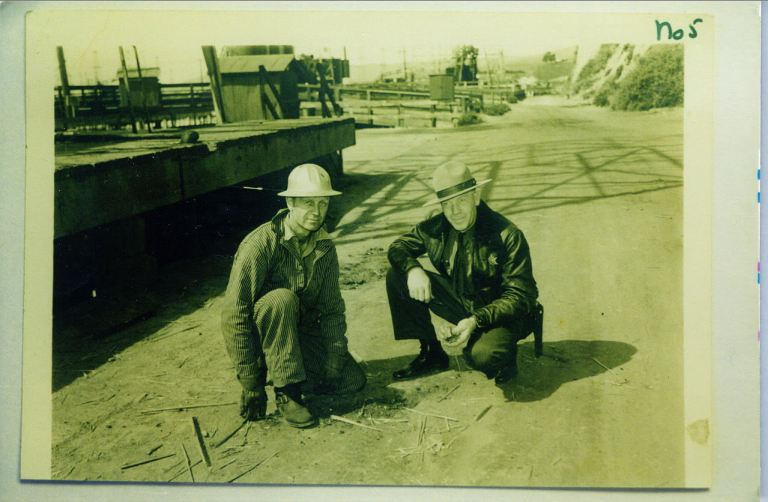
I actually recall the “The Battle of Los Angeles,” that February night in 1942! I was a two-and-a-half-year-old boy who suddenly that night had to crowd quickly into a very dark hallway with five other members of my adopted family. I could see huge searchlight beams scanning the open skies, yet all in the family rushed to turn off any night lamps still aglow in the house.
I was very scared, because everyone was scared. We seemed to be right under whatever the searchlights were looking for.
I do not recall what was happening before or after this one scary memory, but this memory remains very clear to me.
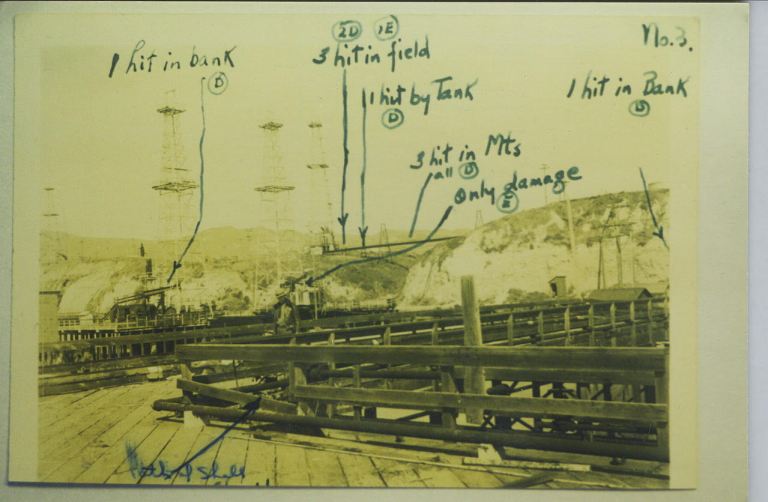
I now know that my temporary family had reason to be scared. Not only did they know Ellwood had been shelled just days before while we were all listening to FDR, but they were also aware that eight Japanese submarine attacks occurred along the West Coast of the United States within a month of the Pearl Harbor attack. One lumber ship, the Absaroka, was torpedoed within eyesight of Point Fermin Park in San Pedro. The sounds of the explosion could be heard, as well.
The residence I was living in was located near Pacific Avenue, the main street running through the city of San Pedro, which is the real Port of Los Angeles. My adopted family were my aunt and uncle who took me under their wing after my mother passed away soon after my birth. My father had just been called to active duty in the U.S. Navy immediately after Pearl Harbor.
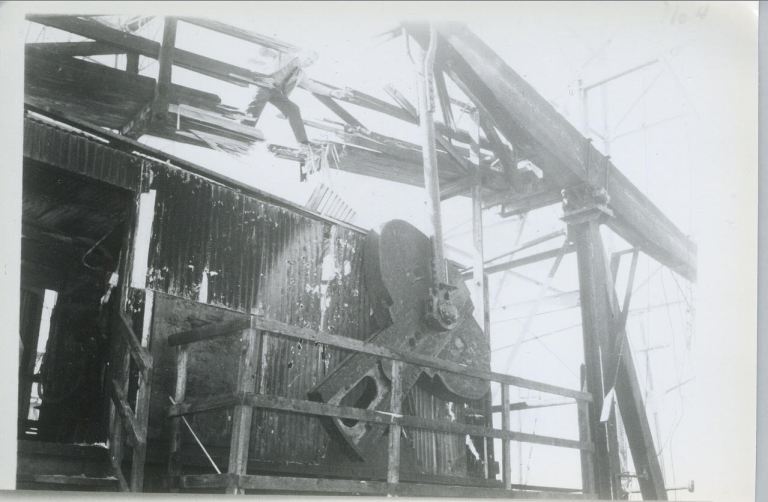
His first assignment turned out to be as a special Navy Port Captain for L.A. Harbor. He would board ships arriving to the entrances of Los Angeles and Long Beach harbors to temporarily replace the captain of the ship. His job was to guide the ship, cargo, and crew through a huge metal submarine net and a protective field of mines that were deployed near the harbor entrances.
Dad also sold his commercial fishing vessel, the Del Rio, to the Navy to see service as the recommissioned AMc Grosbeak, a minesweeper/submarine-net tender in San Francisco Bay. Close to a hundred of the purse seiners and tuna clippers then fishing out of West Coast ports saw service with the U.S. Navy and Army in WWII. Most were sold back to their owners after the war, as was the Del Rio.
The Del Rio later sank, a story I wrote about in “The Shipwreck Del Rio,” which was given to the Channel Islands National Park, where the Del Rio lies below in shallow water.
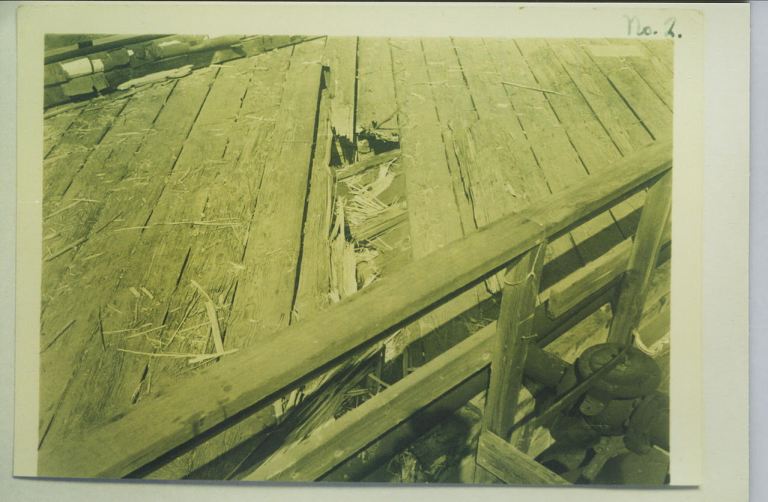
Paul D. Petrich was a history teacher for 35 years in the Oxnard Union High School District with an M.A. in History. He has volunteered for the Channel Islands Naturalist Corps for going on 16 years. His stories about the Del Rio have been published in the Los Angeles Maritime Museum’s journal “The Channel Crossings.”



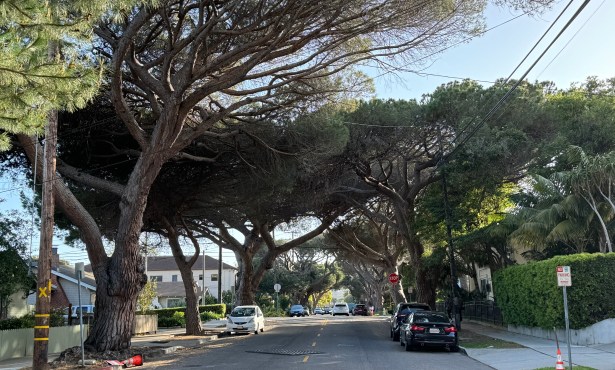
You must be logged in to post a comment.